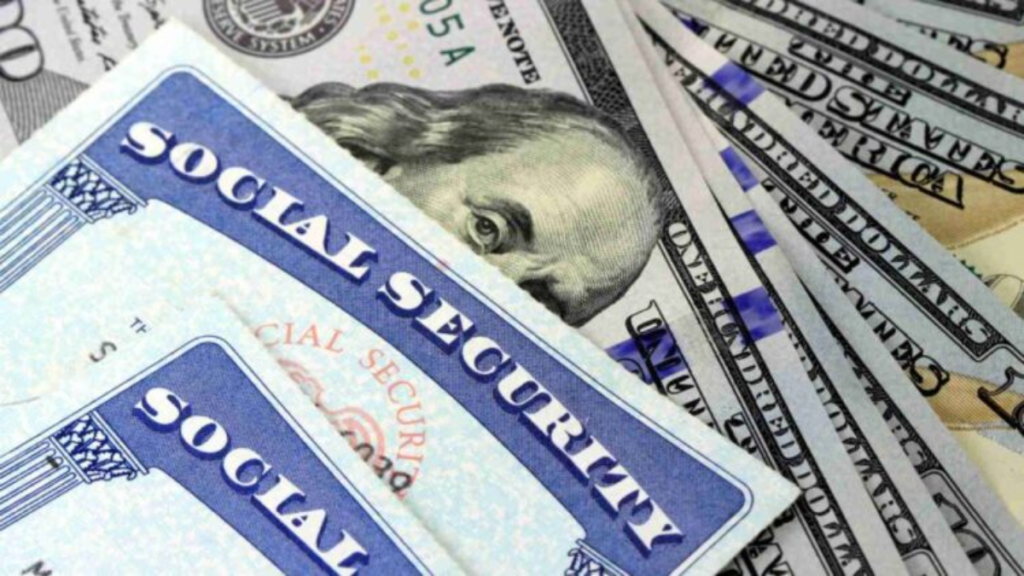WASHINGTON, D.C. — Millions of Americans relying on Social Security benefits will receive their monthly payments this week, with the next round scheduled for Tuesday, May 14. This installment is part of the Social Security Administration’s (SSA) routine distribution cycle and will benefit recipients who meet specific birth date requirements.
For those depending on Social Security as a primary or supplemental source of income, these scheduled disbursements are a vital part of monthly financial planning. The SSA remains committed to ensuring timely payments, and beneficiaries can access support or updates via the official SSA website.
Who Will Receive Social Security Payments on May 14?
According to the SSA’s monthly payment schedule, the May 14 payments are designated for individuals born between the 1st and 10th of any month who receive Social Security retirement, survivor, or disability benefits.
The SSA follows a staggered payment calendar based on the birth date of recipients:
- Second Wednesday of the month (May 8): For those born between the 1st and 10th
- Third Wednesday of the month (May 15): For those born between the 11th and 20th
- Fourth Wednesday of the month (May 22): For those born between the 21st and 31st
This system was implemented to streamline the disbursement process and reduce the risk of payment delays or technical issues. Those receiving Supplemental Security Income (SSI), however, follow a separate schedule and typically receive payments on the first of each month, unless that date falls on a weekend or holiday.
How Much Will Recipients Receive?
The amount each person receives depends on various factors, including the type of benefit, the age at which they began collecting Social Security, and their earnings history. For 2024, the average monthly Social Security retirement benefit is approximately $1,907, following the 3.2% cost-of-living adjustment (COLA) implemented in January.
For recipients of SSI, the maximum federal payment is $943 for individuals and $1,415 for couples. These figures may be supplemented by state-funded benefits depending on the state of residence.
The SSA provides a convenient tool for individuals to view their expected payment amounts and benefit history through their My Social Security account — a secure, personalized portal for managing benefits online.

Ensuring Your Payment Arrives On Time
To avoid potential delays, the SSA recommends that beneficiaries set up direct deposit, the fastest and most secure method for receiving funds. Individuals who still receive paper checks should allow up to three business days after the payment date for delivery before contacting the agency for assistance.
If a payment is delayed, the SSA encourages recipients to call 1-800-772-1213 or visit their local Social Security office. Wait times may be longer during peak dates, so using the SSA Office Locator is a helpful tool for planning an in-person visit.
What to Do If You Haven’t Received Your Payment
Occasionally, bank holidays, technical glitches, or changes in account information may lead to payment disruptions. If you have not received your May 14 payment by May 17, the SSA recommends the following steps:
- Check your bank account or debit card account linked to direct deposit.
- Confirm your payment date by logging in to your My Social Security account.
- Contact your financial institution to see if a delay occurred on their end.
- Reach out to the SSA for further investigation if the payment is missing.
While delays are rare, ensuring your contact and banking information is current with the SSA can minimize issues in future months.
The Role of Social Security in American Households
Social Security remains a cornerstone of economic security for over 70 million Americans, including retirees, people with disabilities, and surviving family members of deceased workers. For many, especially seniors on fixed incomes, these monthly payments help cover necessities like housing, food, and medical expenses.
In 2023, Social Security accounted for more than 90% of income for one in four older households, according to the Social Security Administration. The monthly disbursement is more than just a check — it’s a lifeline for millions.
Additional Services and Resources
To support beneficiaries, the SSA offers a suite of online services and resources, including:
- Benefit calculators to estimate future payments
- Replacement card requests
- Appeals and reconsideration requests
- Medicare enrollment and management tools
The SSA has continued to improve digital access to services in recent years, particularly following disruptions caused by the COVID-19 pandemic. For those unable or uncomfortable using online tools, support remains available via telephone and in-person appointments.
More information about federal programs and eligibility can be found through Benefits.gov — the official U.S. government site for benefit resources.
Looking Ahead
As inflation, health care costs, and housing prices continue to impact Americans nationwide, Social Security payments remain a stable and predictable source of income. With the next batch of May payments heading out on May 14, beneficiaries are reminded to stay informed, review their account details, and seek help if issues arise.
Looking forward, the SSA has signaled continued efforts to maintain the long-term solvency of the program and improve service delivery, ensuring that Social Security remains a reliable pillar of financial stability for generations to come.
Disclaimer – Our team has carefully fact-checked this article to make sure it’s accurate and free from any misinformation. We’re dedicated to keeping our content honest and reliable for our readers.
